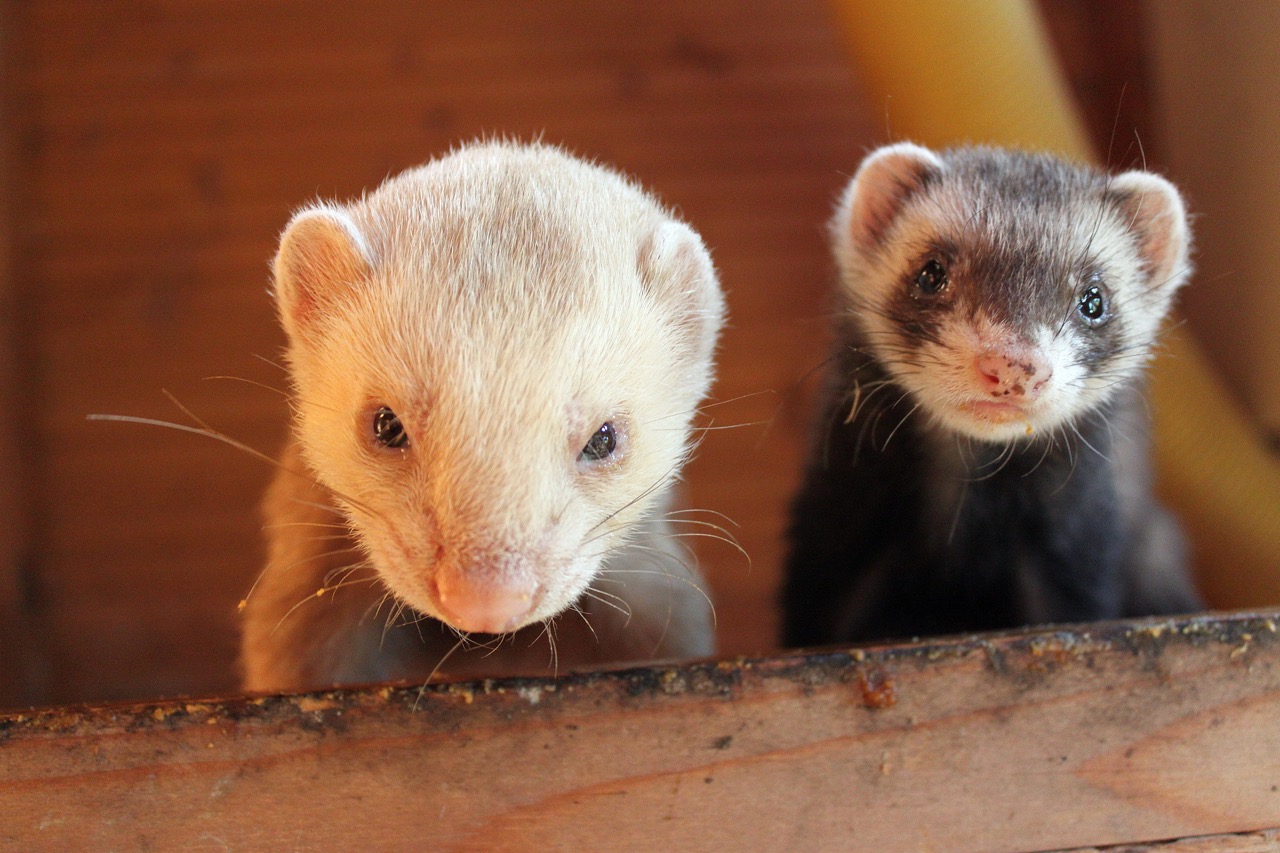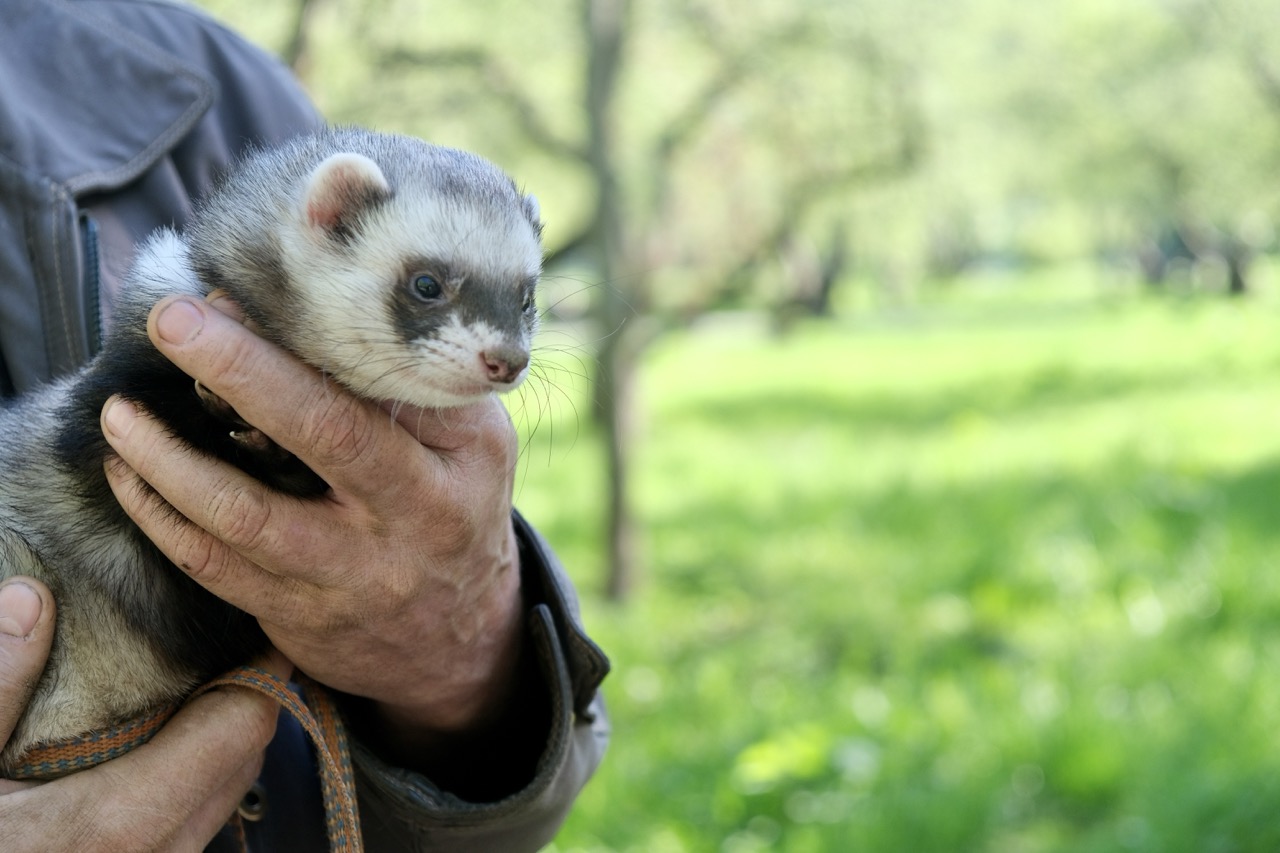Introducing your ferret to a new cage can be a rewarding yet challenging experience. Ferrets are creatures of habit and can be sensitive to changes in their environment. A smooth transition is crucial to ensuring that your ferret remains comfortable and happy in its new home. This article will guide you through the steps of understanding your ferret’s needs, preparing the new cage, gradually introducing your pet to its new environment, and monitoring for signs of adjustment stress.
Understanding Your Ferret’s Needs for a New Cage
Before you make the move, it’s essential to understand what your ferret requires in its living environment. Ferrets are naturally curious and active animals that thrive in spacious, enriched settings. A new cage should offer sufficient room for exploration and play, as well as secure areas where they can feel safe. Consider the size and layout of the new cage, ensuring it includes multiple levels, tunnels, and hiding spots, which cater to their instinctual behaviors.
Additionally, ferrets are social creatures that enjoy interaction. Therefore, it is important that the new cage is equipped with familiar toys and bedding to provide comfort during the transition. Using items that carry the scent of your ferret can help ease anxiety associated with moving to a new space. Understanding these needs will allow you to create an environment where your ferret can thrive and adjust more easily.
Lastly, be aware of the importance of ventilation, cleanliness, and safety features in the new cage. Ensure that the cage materials are non-toxic and that there are no sharp edges or small gaps that could pose a risk to your ferret. A well-thought-out cage setup will not only meet your ferret’s physical needs but also contribute to its emotional well-being during this adjustment period.
Preparing the New Cage for a Smooth Transition
Preparation is key to helping your ferret feel at ease in its new cage. Start by thoroughly cleaning the new cage with pet-safe disinfectants to eliminate any harmful bacteria or residues from previous occupants. After cleaning, allow the cage to dry completely before adding bedding and toys. Place familiar items inside, such as favorite toys, blankets, and any other belongings that carry their scent. This will provide a sense of familiarity and comfort during the transition.
Next, consider the layout of the new cage. Ferrets need vertical space to climb and explore, so incorporating multiple levels is ideal. Include tunnels, ramps, and hammocks to create a stimulating environment that encourages exploration. Additionally, make sure to designate specific areas for sleeping, playing, and eating. A well-organized cage will help your ferret settle in more easily and will engage its natural curiosity.
Lastly, keep in mind the location of the new cage within your home. Choose a quiet spot that is free from drafts and direct sunlight, ensuring it’s a comfortable temperature for your ferret. Avoid placing the cage near loud noises or heavy foot traffic, as this can contribute to stress and anxiety. By taking the time to prepare the new cage properly, you can facilitate a smoother transition for your beloved pet.
Gradually Introducing Your Ferret to the New Environment
The introduction process should be gradual to minimize stress and anxiety. Start by allowing your ferret to explore the new cage while keeping it in a familiar area, such as the room where its current cage is located. Open the door of the new cage and let your ferret investigate at its own pace, ensuring not to force it inside. Offer treats or toys inside the new cage to encourage exploration and create positive associations with the new environment.
Once your ferret shows interest in the new cage, consider allowing it to spend short periods inside. Monitor your ferret closely during this time to see how it reacts to the new surroundings. If your ferret seems comfortable, gradually increase the duration it spends in the new cage. If it appears hesitant or fearful, take a step back and allow more time for acclimation. Patience is key in this process, as forcing your ferret can lead to increased anxiety.
As your ferret becomes more comfortable, you can begin transitioning to the new cage for longer periods. Maintain the routine you had with the previous cage, including feeding times and playtime, to provide a sense of normalcy. By gradually introducing your ferret to its new environment, you will help it adjust more easily while still feeling secure in its surroundings.
Monitoring Your Ferret for Signs of Adjustment Stress
After introducing your ferret to the new cage, it’s important to keep an eye out for signs of adjustment stress. Common indicators include changes in eating habits, excessive hiding, lethargy, or aggressive behavior. If you notice any of these signs, it may be an indication that your ferret is having difficulty adjusting to its new environment. Addressing these concerns promptly can help ensure your ferret remains happy and healthy.
Another key sign to monitor is vocalization. Ferrets are known to express their feelings through sounds, so pay attention to any changes in their vocalizations. Increased whining or chattering may signal discomfort or anxiety. Conversely, if your ferret is more vocal and playful, it may indicate that it is adapting well to the new cage. Being attentive to these behaviors will allow you to intervene if necessary and provide additional comfort.
Lastly, be patient and give your ferret time to adjust. Each ferret has its own timeline for acclimating to new environments, and it’s vital to respect that. Continue to provide love, care, and familiar items throughout the transition. Regularly interacting with your ferret will help reinforce a sense of security and build trust as it adapts to its new home.
Transitioning your ferret to a new cage requires thoughtful preparation and a gentle approach. By understanding your ferret’s needs, properly setting up the new cage, gradually introducing your pet to its new environment, and monitoring for signs of stress, you can create a smoother transition. Remember, patience and consistency are key to helping your ferret feel at home in its new space, ultimately leading to a happy and healthy pet.










